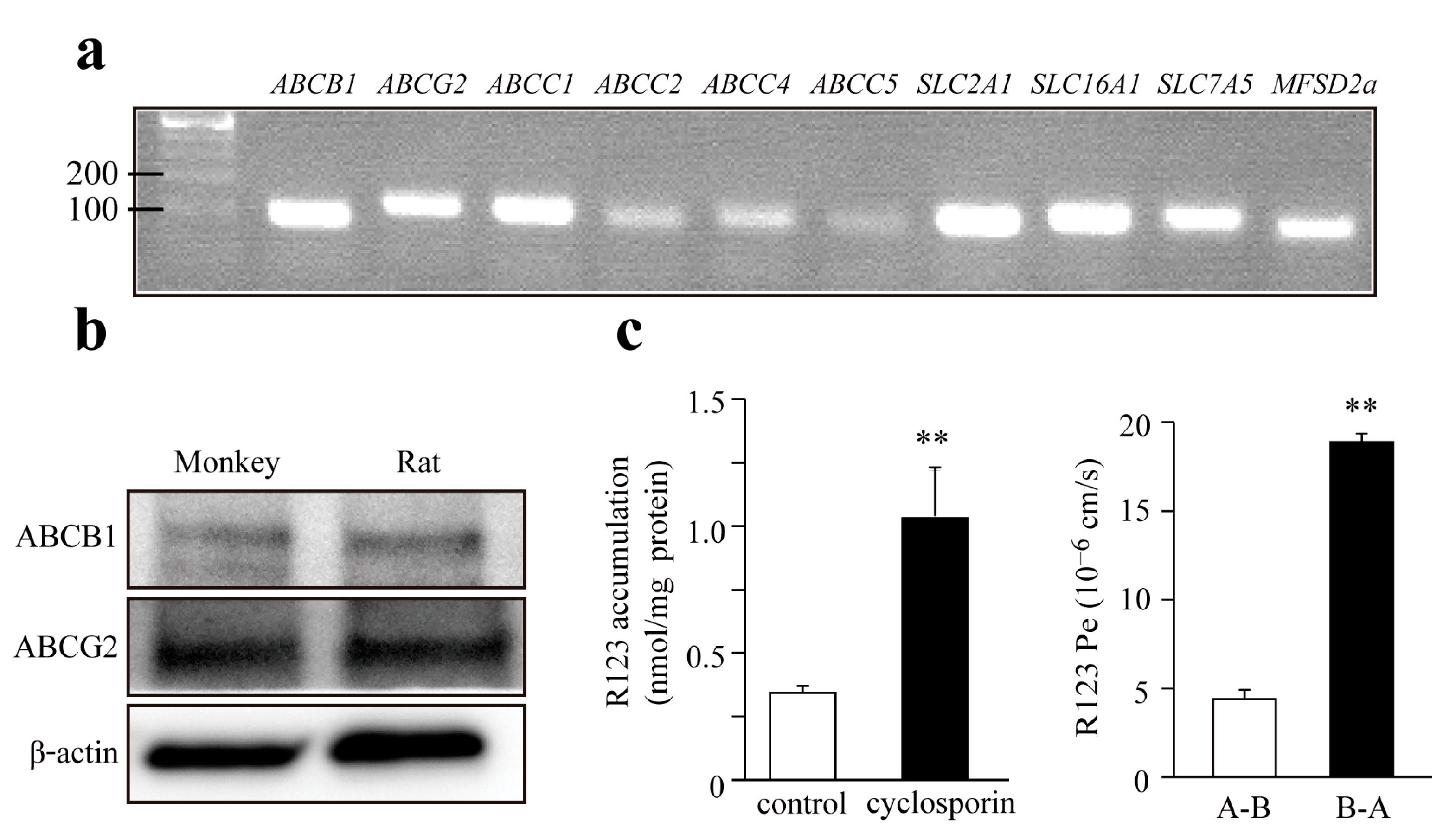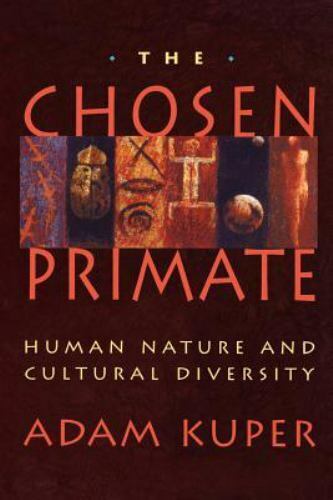Are you asking for 'primate culture essay'? Here you can find questions and answers about the issue.
Table of contents
- Primate culture essay in 2021
- Define nonhuman primate culture
- Do apes have tails
- Are humans primates
- Chimpanzees
- Chimpanzee culture
- Types of primates
- The study of chimpanzee culture
Primate culture essay in 2021
 This picture representes primate culture essay.
This picture representes primate culture essay.
Define nonhuman primate culture
 This picture illustrates Define nonhuman primate culture.
This picture illustrates Define nonhuman primate culture.
Do apes have tails
 This picture demonstrates Do apes have tails.
This picture demonstrates Do apes have tails.
Are humans primates
 This picture shows Are humans primates.
This picture shows Are humans primates.
Chimpanzees
 This picture demonstrates Chimpanzees.
This picture demonstrates Chimpanzees.
Chimpanzee culture
 This picture illustrates Chimpanzee culture.
This picture illustrates Chimpanzee culture.
Types of primates
 This image demonstrates Types of primates.
This image demonstrates Types of primates.
The study of chimpanzee culture
 This image representes The study of chimpanzee culture.
This image representes The study of chimpanzee culture.
How is culture used to differentiate humans from other primates?
In fact, culture has been used as one of the important factors in differentiating humans from other primates. Consequently, humans are defined by their way of doing things including traditions gained over a long period of time. For instance, the way in which humans eat or sleep is attributable to their culture developed from specific traditions.
How are survival skills passed from generation to generation in primates?
Primates usually have competition aspects of survival in their living patterns which bring about close associations among the members involved. Survival skills are usually passed from generation to the other where the young ones tend to learn from the adult. The mode of learning from different primates varies from one group to another.
How are non human primates different from humans?
Apes sleep on very poor nests, monkeys tend to sleep on convenient branches among others. They might tend to share food, but only humans have the ability of storing food (O’neil, 2012). This is clear indication that non-human primates do not have distinct traits that would be regarded as culture.
Why do most human beings negate the idea that other animals have culture?
There is also sufficient evidence provided by the Bible in the book of Genesis whereby women and men were created by God and bestowed with the power to rule over other animals. This tries to explain why most human beings negate the idea that other species would show similar characteristics to theirs (Stefoff, 2008).
Last Update: Oct 2021